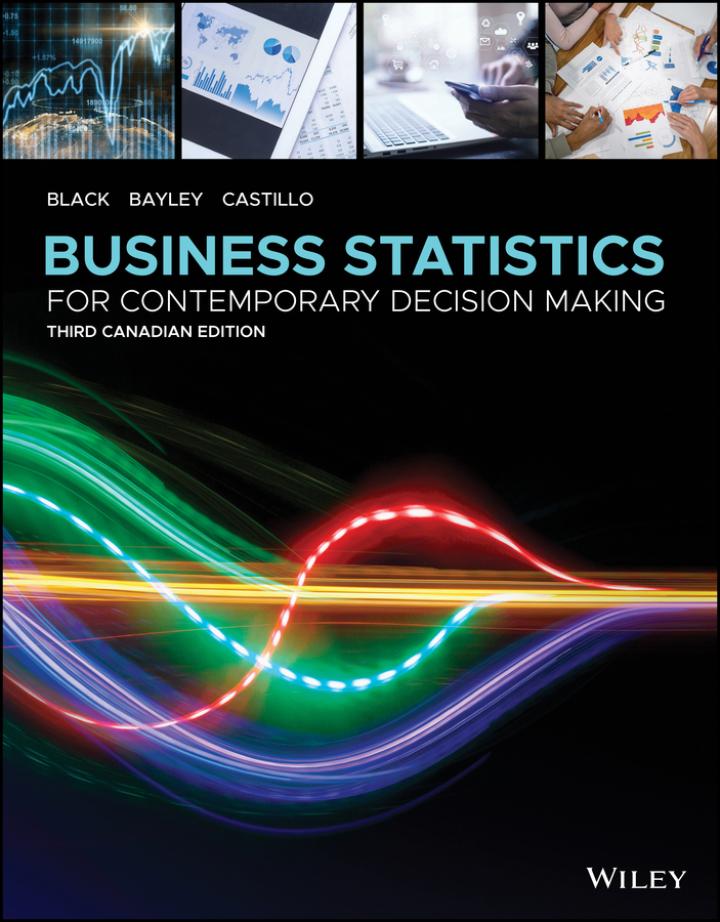Over three decades ago, four businesspeople who had experience in retailing natural foods through food stores believed
Question:
Over three decades ago, four businesspeople who had experience in retailing natural foods through food stores believed that there was a demand for a supermarket for natural foods. As a result, in 1980 in Austin, Texas, they founded the first Whole Foods Market store in a building that had around 900 square metres and with a staff of 19. This store was quite large compared with health food stores at the time. By 1984, the company was successful enough Presently, Whole Foods Market has 433 stores in the United States, Canada, and the United Kingdom. There are fourteen stores in Canada, in British Columbia and Ontario. There are over 91,000 team members, many of whom are full-time employees. Existing stores now average 43,000 square feet in size, over four times as large as the original “supermarket.” Whole Foods Market is the fifth-largest food and drug store in the United States, with over $15 billion in sales in 2016, when it ranked 176th on the list of Fortune 500 companies. Whole Foods Market is the largest retailer of natural and organic foods and prides itself on doing the research necessary to assure customers that its products are free of artificial flavours, colours, sweeteners, preservatives, or hydrogenated fats. The company attempts to customize each store by stocking it with products that are most in demand in any given community. Whole Foods Market management cares about their employees, and the company has been named by Fortune magazine as one of the “100 Best Companies to Work For” in the United States every year since the list was first compiled in 1998. The company attempts to be a good community citizen, and it gives back at least 5% of after-tax profits to the communities in which the stores operate. In January 2008, Whole Foods Market was the first U.S. supermarket to commit to completely eliminating disposable plastic bags. In June 2017, Amazon bought Whole Foods for $13.7 billion. Before the purchase, Whole Foods was struggling, with some expansion plans on hold in Canada, and the closure of nine stores in the United States. A year later, revenues were up slightly, and Amazon was offering discounts to Amazon Prime members who shopped at Whole Foods. Amazon was also trying to relax Whole Foods’ standards so the stores could sell products with artificial sweeteners and flavours. In early 2019 there were also rumours that Whole Foods might be moving into locations formerly occupied by Sears and Kmart, expanding the grocers’ reach.
Discussion
1. Whole Foods Market has shown steady growth at a time when traditional supermarkets have been flat. This could be attributed to a growing awareness of and demand for more natural foods. According to a study by Mintel in 2006, 30% of consumers have a high level of concern about the safety of the food they eat. Suppose we want to test this figure to determine if consumers have changed since then. Assuming that the 30% figure still holds, what is the probability of randomly sampling 25 consumers and having 12 or more respond that they have a high level of concern about the safety of the food they eat? What would the expected number be? If an analyst actually got 12 or more out of 25 to respond that they have a high level of concern about the safety of the food they eat, what might this mean?
2. Suppose that, on average, in a Whole Foods Market in Vancouver, 3.4 customers want to check out every minute. Based on this figure, store management wants to staff checkout lines such that demand for checkout cannot be met less than 1% of the time. In this case, store management would have to staff for what number of customers? Based on the 3.4 customer average per minute, what percentage of the time would the store have 12 or more customers who want to check out in any two-minute period?
3. Suppose a survey is taken of 30 managers of Whole Foods Market stores and it is determined that 17 are at least 40 years old. If another analyst randomly selects 10 of these 30 managers to interview, what is the probability that 3 or fewer are at least 40 years old? Suppose 9 of the 30 surveyed managers are female. What is the probability of randomly selecting 10 managers from the 30 and finding out that 7 of the 10 are female?
Step by Step Answer:

Business Statistics For Contemporary Decision Making
ISBN: 9781119577621
3rd Canadian Edition
Authors: Ken Black, Ignacio Castillo





